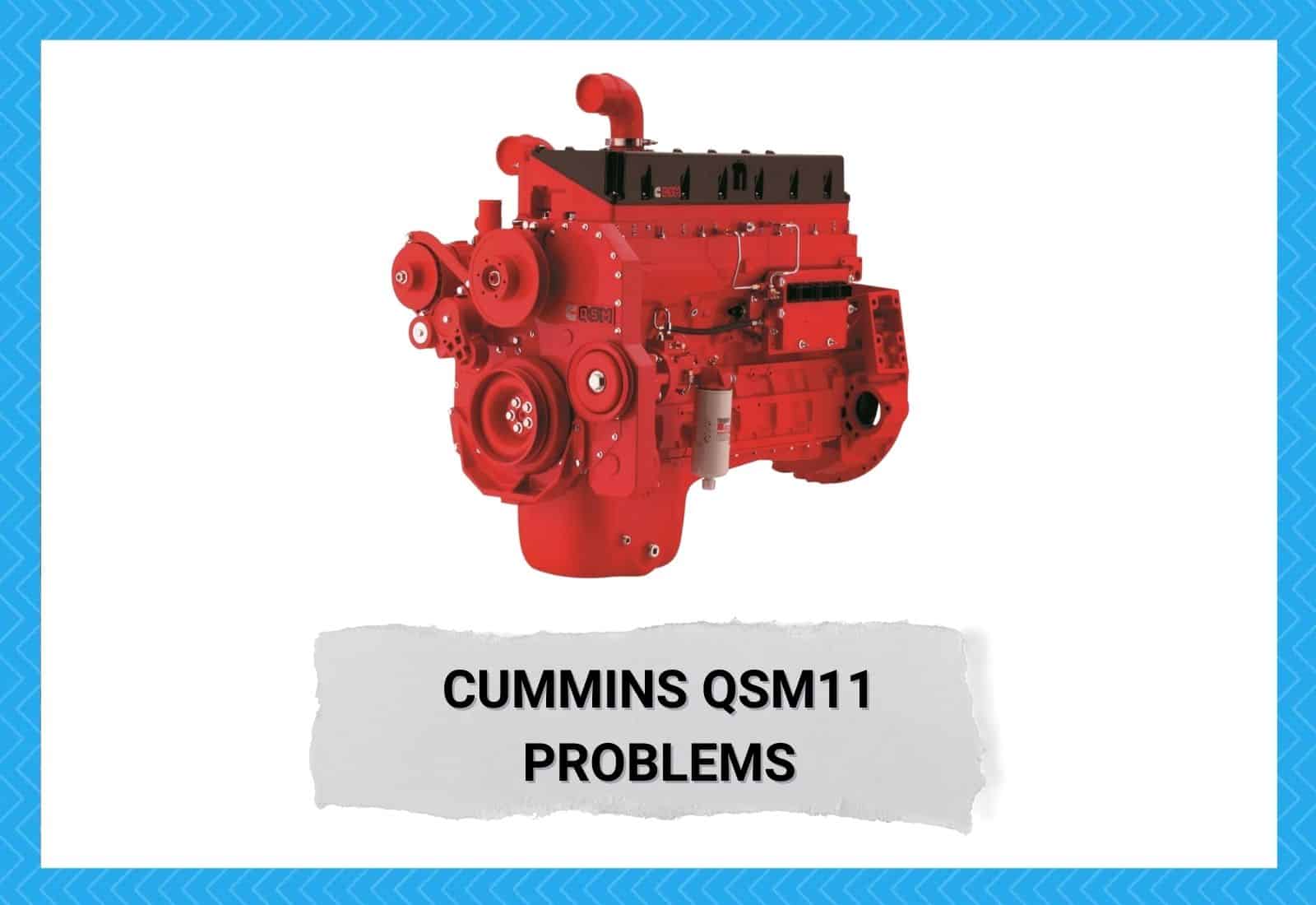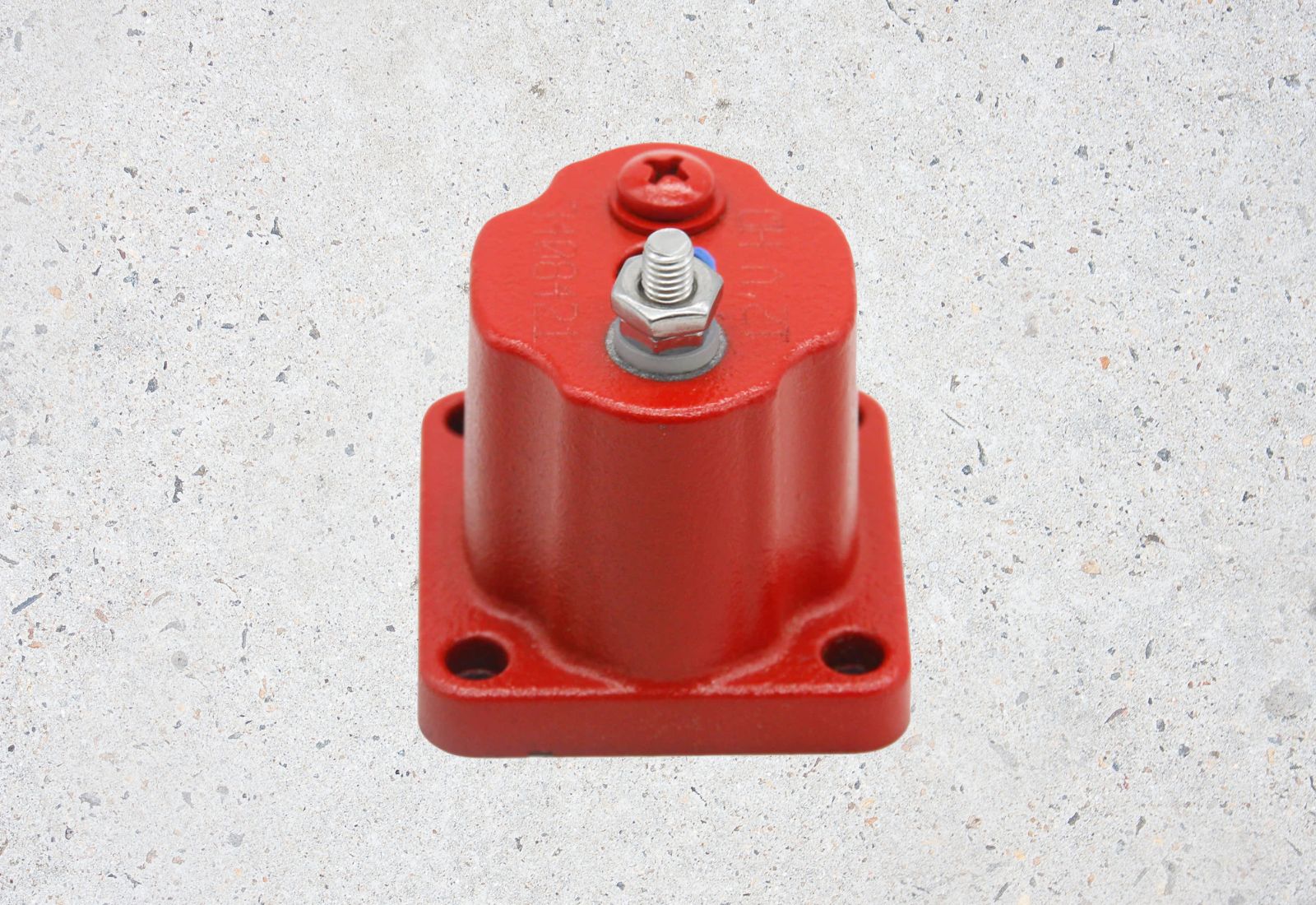
Vacations are fun when you can engage in various activities, not just sitting around a fire, stargazing, or cooking out.
You should be able to go biking, hiking, or fishing if you want to. And if you are going to the beach, boating would be a perfect addition to your to-do list. A decent-size yacht, cruiser, or watersport is a worthwhile investment if your family is a bunch of thalassophiles.
More specifically, you need a boat with a high-performance engine to get you offshore and back. When you think of boat engines, the first thing you’d probably imagine is Cummins QSM11. Cummins has a broad product line, but the QSM11 is famous for standard-size watercraft.
Why Cummins QSM11?
Here’s what you can get if you invest in a Cummins QSM11 for your boat:
- High torque performance – With an in-line, 6-cylinder, 4-stroke diesel engine that can generate 300 to 715 horsepower and 1160 – 1750 lb-ft torque, you can go several kilometers from the dock and enjoy the waves’ therapeutic dance.
- Quiet even at top speed – You no longer have to shout at each other while rushing to the shore. Your engine’s sound won’t get in the way of your conversations. It runs quietly, and the slight noise it creates isn’t too sharp for your ears.
- Fuel-efficient – Unlike older engine models, QSM11 has a four-cycle design that allows it to save fuel. You may not feel its effect as it happens, but you’ll realize how much money you’ve saved over time.
- Proven durability – Made from high-grade metals and with an efficient assembly, your engine is expected to last for many years with low maintenance.
Of course, Cummins QSM11 is not immune to malfunctions like any other engine. When it starts to wear out, you’ll notice a decline in its performance. You’ll probably see the smoke pattern change or hear strange noises.
Don’t ignore them. As trivial as they seem, these changes could be precursors to more severe problems. You don’t want to encounter them when you’re offshore.
Even if help is usually a mayday away, you could be stranded there for hours. And sometimes, that’s all it takes for the weather to shift and endanger your life and the life of your passengers.
Cummins QSM11 Problems
Owning a boat comes with the responsibility of taking care of its engine. You don’t necessarily have to learn everything.
Just focus on the common issues and how to fix them. It also pays to know how to replace broken parts, where to get replacement parts, and when to hire a professional. Before starting any repair work, here are a few reminders:
- Secure your work area. Remove all clutter and tools you won’t need. Also, provide enough lighting and ventilation.
- Temporarily move flammable supplies away from your work area.
- Wear proper clothing and gear. The engine has moving parts that can draw loose clothing and accessories. Wear protective glasses, gloves, and shoes.
- Rest for a few hours before starting the repair. Working when tired could lead to accidents. Plus, once the repair begins, it’s not safe to take a long break and continue work at a future time.
- Check each tool and equipment you will use for defects. Only use devices that are in excellent condition.
- If possible, only use Cummins replacement parts.
- Engines have a complex structure that requires custom parts and fasteners. Only use manufacturer-approved alternatives.
Here are four common problems you may encounter when using a Cummins QSM11:
The Engine Won’t Start
There are various reasons your Cummins QSM11 won’t start, but the most common one is a broken or soiled fuel shutoff valve.
This component automatically shuts off the engine when you travel at an unsafe RPM level. It prevents the fuel from entering the hot circuit, where it might burn and explode.
Cleaning the solenoid might solve the problem, but a total replacement is the safest approach. When replacing a fuel shutoff valve, the first thing to remember is only to connect one wire to the solenoid to avoid damaging the electronic control module.
Next, look for the coil voltage and part number on the terminal connection and make sure it’s the correct one. It must be the same as the battery voltage.
Worn-Out Belt Tensioner
As with any other engine, Cummins QSM11’s performance depends on how tightly the belts are wrapped around the pulleys. The axles might slow down if they are too tight, and the belts will wear out fast.
On the other hand, if they are loose, they’ll make strange noises or, worse, come off and cause an unwarranted shut-down.
This is why engines have a belt tensioner. This component applies a specific amount of pressure on the belt to ensure they won’t come off as they run around the pulleys.
If you notice your QSM11 making an unfamiliar sound, the belt tensioner is probably loose or stuck. To adjust it, remove it from the brackets or turn it back and forth to put it back in place or remove any obstructions.
Faulty Coolant Thermostat
When your Cummins QSM11 heats up faster than usual, chances are it is running out of coolant. But you’re probably unaware of this because the coolant thermostat shows a different temperature. In that case, the thermostat must be broken and needs to be replaced.
Replacing a thermostat can be tricky if it’s your first time doing it. You may need the help of a professional mechanic. But if no one is available, here are a few helpful tips.
Before removing the thermostat, you must drain the cooling system first. Be careful when handling coolant, especially if you’ve just shut down the engine.
Wait until it cools to about 50 degrees Celsius before removing the pressure cap. Place a container under the radiator drain, then open it to release the coolant.
Once empty, you can remove the lower radiator and upper coolant hoses from the thermostat. Next, remove the thermostat from the housing by unscrewing the mounting caps.
hen, you can install the new unit by reversing the process. Finally, fill the coolant system with new coolant according to the manufacturer’s guidelines. Before doing this, however, make sure no children or pets are nearby. Coolant fume is dangerous to health when inhaled.
Turbocharger Failure
Unlike a naturally aspirated gasoline engine, a diesel engine like the Cummins QSM11 can inject more fuel into the engine’s cylinder and increase its power output—thanks to the turbocharger.
This addition to the assembly makes it possible by compressing the air into the cylinder.
A turbocharger may fail due to a lack of oil, oil contamination, damage caused by a foreign object, and poor driving habits. The easiest fix is to clean and lubricate the gears.
But if the turbocharger is already damaged, consider replacing it altogether. It’s a complex assembly, so you might want to call in an expert to install the new one. To prevent the same problem from recurring, avoid idling, accelerating hard, and shutting down the engine hot.
More Problems
Like other engines, your Cummins QSM11 is not resistant to wear. Other issues will emerge as soon as it’s past its prime. You have to be prepared when this happens.
The last thing you want is a dead engine while you’re out at sea and have no signal. There’s no telling when help might be available.
Keep an eye out for the slightest signs of malfunctions, and don’t ignore them. If you have doubts about your engine’s performance or condition, postpone your boating trip and have it checked.
Or, if you don’t want your vacation rescheduled, book a maintenance service a week before your trip. That gives your mechanic enough time to discover and fix potential issues.



qsm 11 engine erro code 795 & 796 can please check and let me know